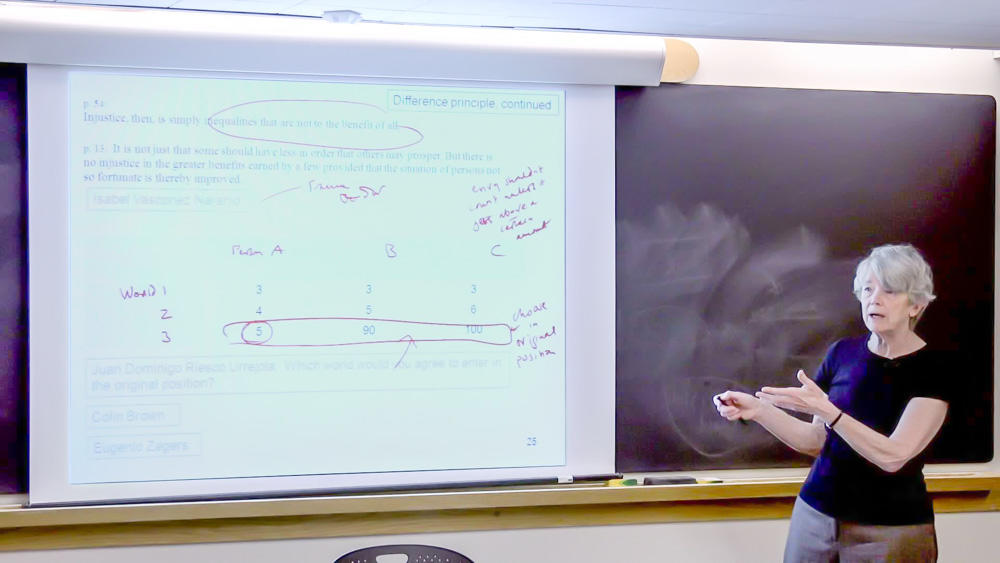Search Raw Videos
Filter by
Instructors
- (-) Remove Mansbridge, Jane filterMansbridge, Jane
Duration
Topics
- Eliciting participation (2)Apply Eliciting participation filter
- Using humor (2)Apply Using humor filter
- Building rapport (1)Apply Building rapport filter
- Closing class (1)Apply Closing class filter
- Instructional technology (1)Apply Instructional technology filter
- Making thinking visible (1)Apply Making thinking visible filter
- Opening class (1)Apply Opening class filter
Copyright © 2024 The President and Fellows of Harvard College | Privacy | Accessibility | Digital Accessibility | Report Copyright Infringement


